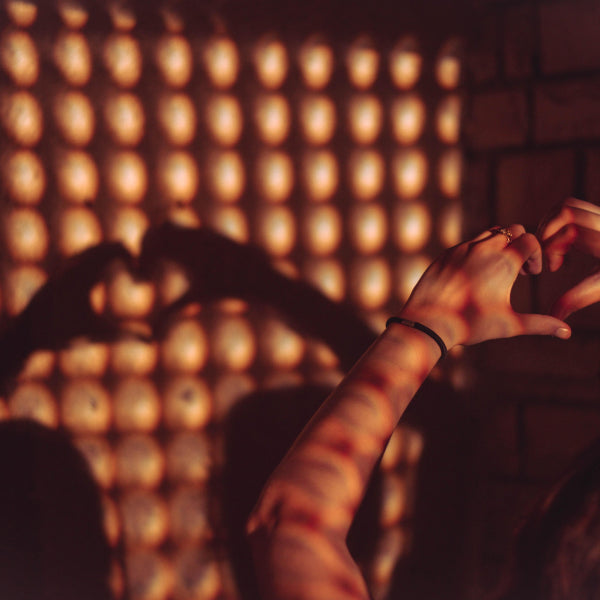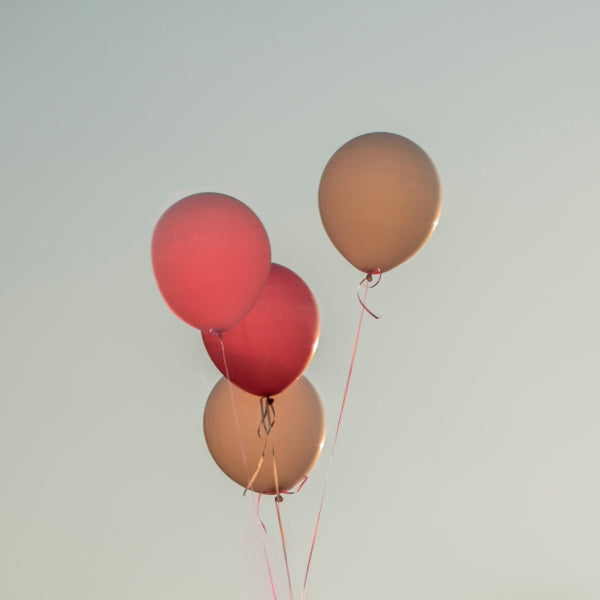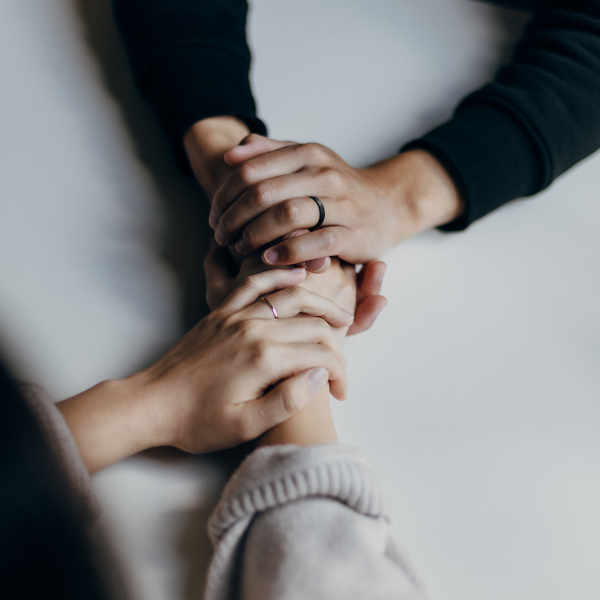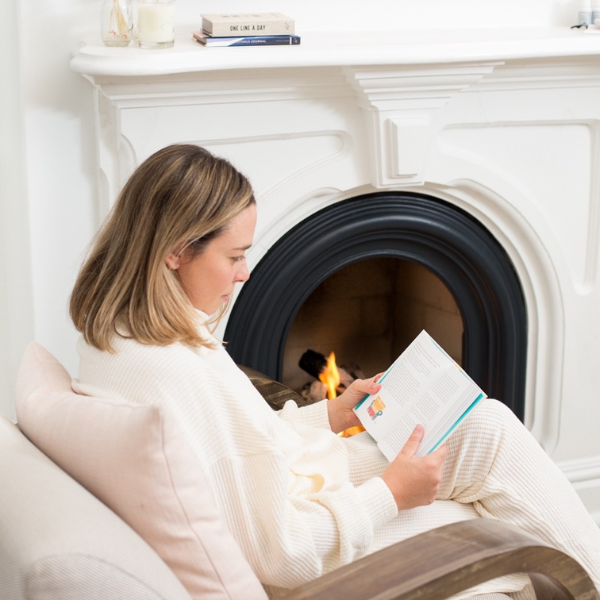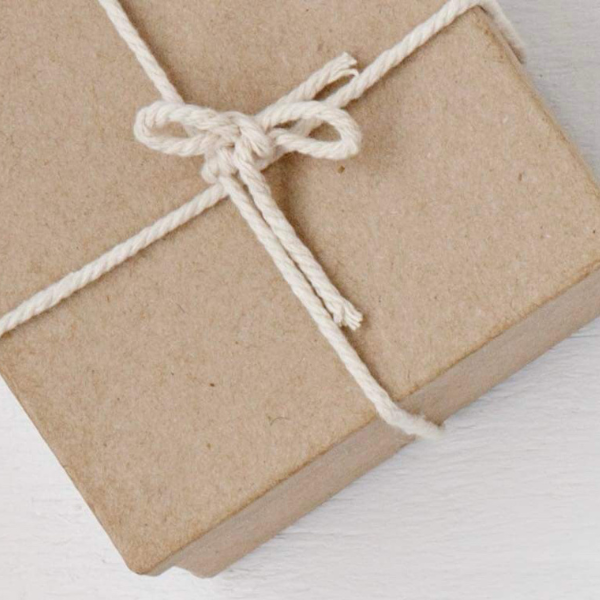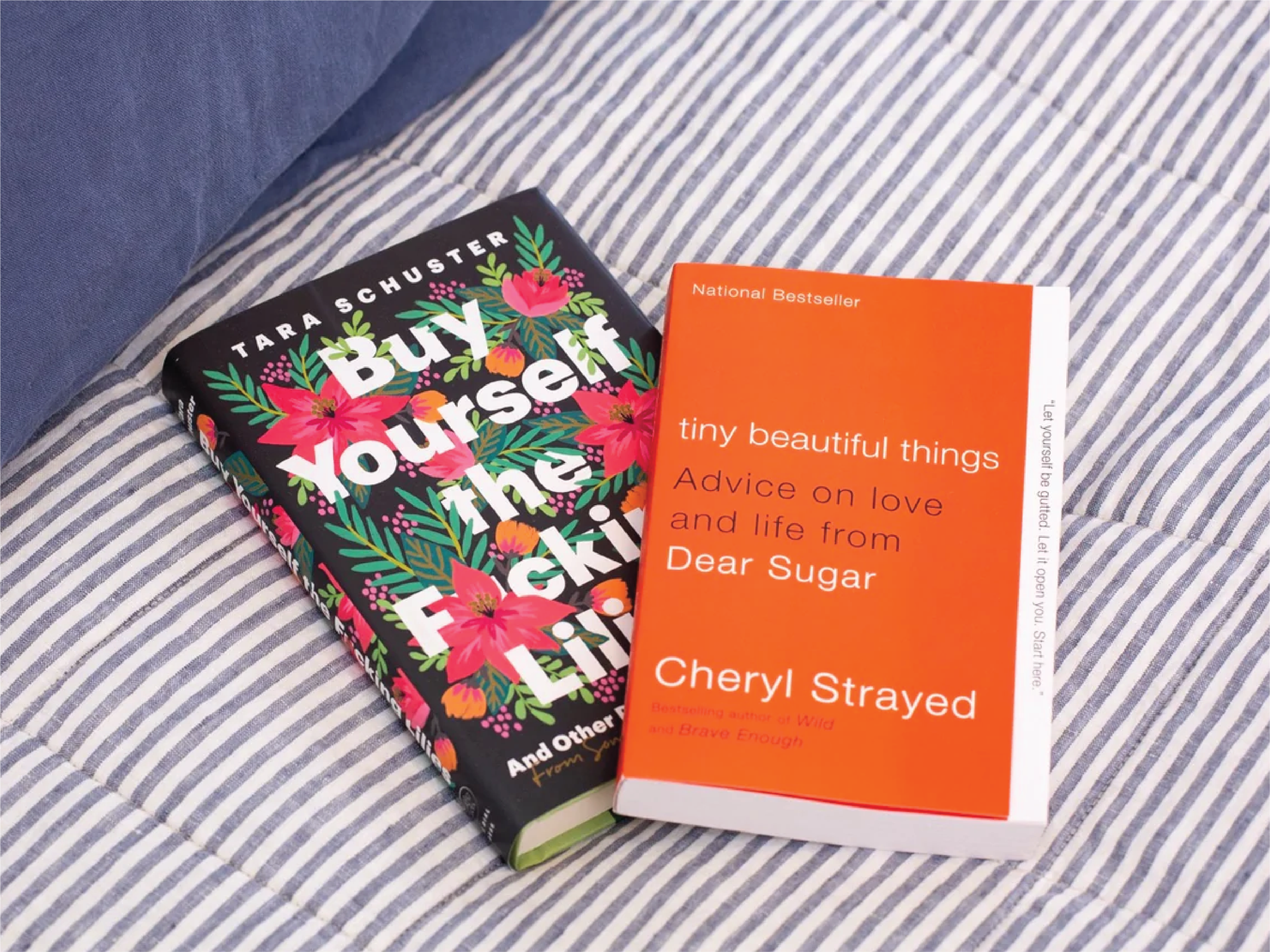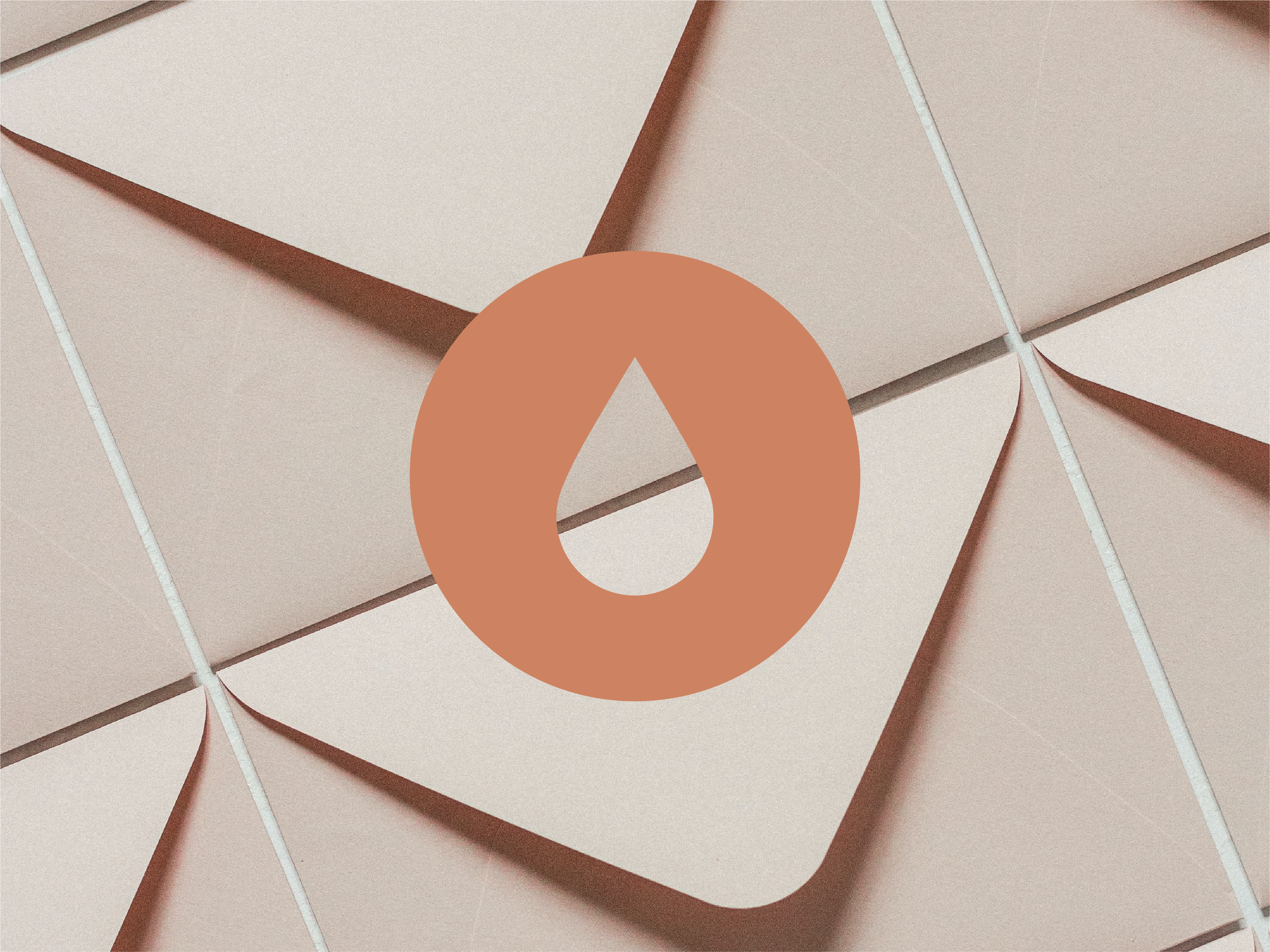How to Do Nothing: Resisting the Attention Economy
 I think I should start out by saying what this book is not – How to Do Nothing is not a practical guide to putting down your phone, or deleting your social media accounts (although we have those too!). Instead, it’s a more philosophical exploration of the ways that the attention economy and ‘hustle’ culture have changed the ways that we value our own time and energy, and represent ourselves to the world. It’s the type of book that leaves you with things to mull over as you go about your daily life, and has subtly changed the way that I perceive my own actions and habits since I read it.
I think I should start out by saying what this book is not – How to Do Nothing is not a practical guide to putting down your phone, or deleting your social media accounts (although we have those too!). Instead, it’s a more philosophical exploration of the ways that the attention economy and ‘hustle’ culture have changed the ways that we value our own time and energy, and represent ourselves to the world. It’s the type of book that leaves you with things to mull over as you go about your daily life, and has subtly changed the way that I perceive my own actions and habits since I read it.
Odell says that Capitalist culture is fixated on productivity, and this seeps into every aspect of our lives. This really resonated with me; just last week, I ducked out of my home office at lunch hour and walked over to the local ice rink for a skate. I took figure skating lessons until I was about 14, but have only managed to get my skates on a few times each winter since then.
Now that I’m working from home (and can see a public rink from my balcony), I have a unique opportunity to try to revive those old skills. Within 20 minutes on the ice, I was already thinking that maybe I would set a winter lockdown goal to make up a funny ice-dancing routine to motivate myself to get on the ice regularly, and send the video to my friends at the end of the season. I started thinking of where on the internet I could find resources to help plan a skating routine, and how many times each week I’d have to practice to get myself back in shape.
Having read Odell’s book, I think her response to my compulsive goal-creating would be, Or you could just skate, man. Put on your headphones and sway gently to Taylor Swift as you weave around the kids on bob skates. Not every activity has to center around a goal, and perhaps just as importantly, not every goal needs to be shared on social media (although in full discretion, I did post an Instagram story about my lunch hour skate, and I don’t feel bad about it!)
Odell reminds us that we have the right to not express ourselves; to forego sharing our daily activities online if it’s not going to make us feel good. Not to say that it’s bad to share your thoughts and activities online, or to check out what your friends, and your fantasy celebrity friends, are doing on their Instagram and Twitter feeds, just that we should think critically about whether it’s serving us to do so.
Another thing Odell talks about that I found super interesting, and have been thinking about in relation to my own social media is the way in which IRL, we can be different people with different groups in our lives – I can be the goofy, up-for-anything girl with my childhood friends, a friendly but private professional at work, and a person who speaks freely about grief, trauma and mental health in my role as co-founder of Crying Out Loud.
On social media, all of those different worlds crash into each other, and when I post a story to Instagram about working on choreography for my ice dancing routine to WAP, I think about whether my coworkers will wonder why I’m out skating in the middle of the work day, and whether my mother will google ‘WAP’ and be scandalized by her findings (don’t google WAP, Mum, it’s not for you).
Odell says that the result of all of these worlds colliding on social media is that we have to water ourselves down to our most innocuous version. Our many selves are reduced to one, which we try to make fit for all of different groups in our lives. (This is why teens have Finsta accounts).
She encourages us to take a good look at the attention economy and our relationship with it, and to renew our focus on the people in our lives and the places where we live. When we ‘do nothing’, we can pay attention to the world around us, and consequently, engage with it in a more nuanced and mindful way.
Check out How to Do Nothing here.
Braving the Wilderness
There’s a scene in Wine Country, the road trip comedy starring Amy Poehler, Maya Rudolph and a bunch of other comedy queens, where the woman are out for dinner at a winery in Napa and spot research professor Brené Brown at a nearby table. They proceed to fangirl out, bombarding her with questions about conflict transformation, and the difference between braving the wilderness and becoming the wilderness. Their Gen Z hipster waitress is totally mystified about Brown’s fame, which is part of the joke, because of course a hip twenty-something hasn’t heard of Brené Brown. I’d like to believe, though, that the woman will come across Brown’s work on shame, courage and vulnerability when she needs it (probably sooner rather than later).
I laughed very hard at that scene, because when I think about the celebrities that would cause me to totally lose my shit if I spotted them in public, Brené Brown is right up there. And if you don’t yet know who Brené Brown is, yes, I did say that she is a research professor. Brown’s area of focus is courage, vulnerability, shame, and empathy. This is some real deep feeling stuff.
One of Brown’s best-known adages is ‘Strong Back. Soft Front. Wild Heart.’ At first glance, it seems like another variation on the Live, Love, Laugh aphorism so often printed on signs tacked to bedroom walls. But Brown is not here for empty clichés. When she refers to a ‘strong back’, she’s encouraging us to act with integrity, but also to set appropriate boundaries and be accountable for our actions. ‘Soft front’ references vulnerability; the ability to bare our soft parts to the world, even if that means exposing them to potential danger. With ‘wild heart’, she’s encapsulating the paradox of being both tough and tender, fierce and kind.
When Brown talks about the Wilderness, she’s referencing a place outside of the safety and comfort of our in-groups. It’s the place we may find ourselves when we take a stand for something we believe in. She says that we need to belong to ourselves so fully that we can stand alone in the Wilderness, and only once we’ve done that can we find belonging with others.
If you’re new to Brown’s work, she’s been hosting an excellent podcast over the past year called Unlocking Us featuring some serious A-list guests (run, don’t walk, to hear her interview with Dolly Parton), and her 2010 TED Talk The Power of Vulnerability is still one of the most-viewed talks in the series’ history. Her gift is that even though her work gets into some really complex, and difficult topics, she lays it all out in a very approachable, no-nonsense way. There’s a reason that people respond so strongly to her work.
Check out Braving the Wilderness here.


